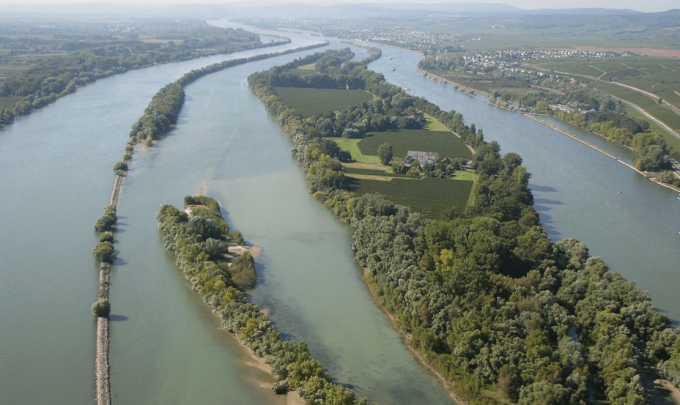Security fears drive tighter cargo manifest rules for box cargo in UAE ports
Authorities in the UAE are close to rolling out a revamped, tighter cargo manifest system ...

Barge operators have been hit by water levels along the Rhine being at their lowest in almost a century, following a prolonged drought.
One source told The Loadstar the water at Bingen was so low “one could cross the German river by foot, something never seen before”.
The source added: “Duisburg ...


Comment on this article